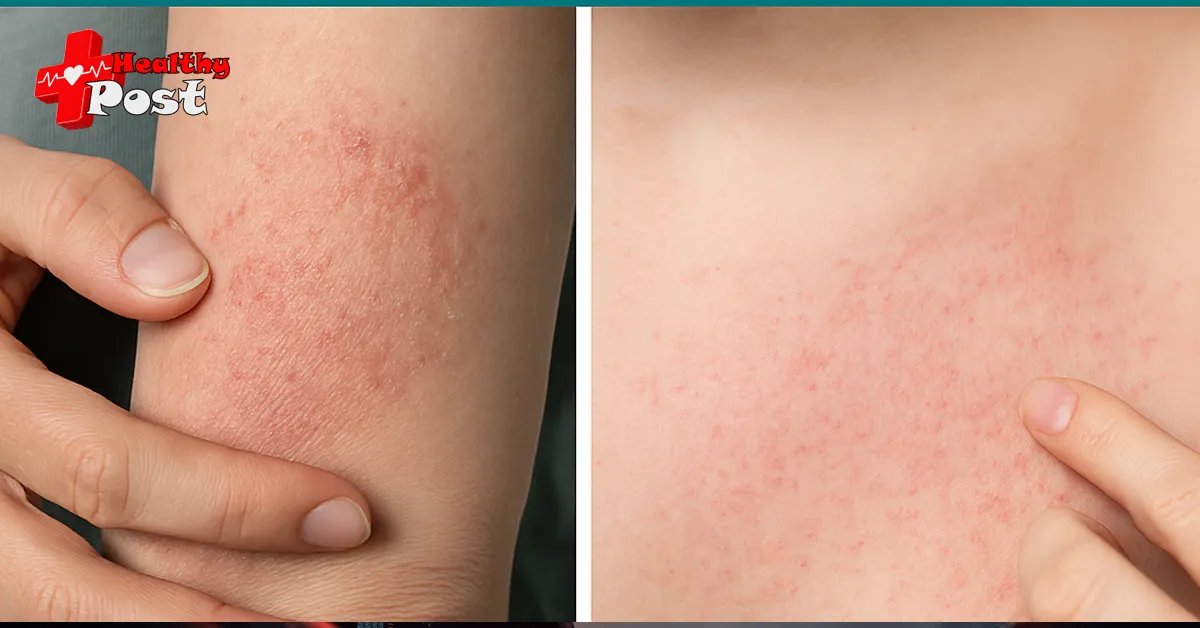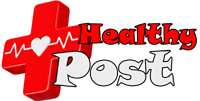
This article explain the difference between eczema and heat rash?
The sweat glands and temperature regulation functions of newborn babies are not yet perfect. Once the temperature rises, it is easy to cause various skin problems. Among them, eczema and prickly heat are common skin problems.
For new parents, eczema and prickly heat are like a pair of twin brothers, and it is not easy to distinguish them. In order to help mothers correctly distinguish between eczema and prickly heat, today we have compiled an article on the correct way to distinguish between eczema and prickly heat and how to take care of them. Everyone must read it!
1. The difference between eczema and heat rash
| eczema | Heat rash | |
|---|---|---|
| reason | Poor skin barrier function , skin inflammation caused by external stimuli | Because the pores are blocked and sweat cannot escape, small blisters form on the skin. |
| Location | Appear on the face and any part of the body, without strict boundaries | Appear in skin folds such as the neck, armpits, groin, and back |
Now, we have fully mastered the correct method to correctly judge eczema and heat rash. So when the baby encounters eczema or heat rash problems, how should we solve it?
2. Eczema Care Methods
01 Focus on moisturizing
· Be sure to apply moisturizing cream to your baby frequently. It doesn’t have to be thick, but the key is to apply it repeatedly.
After taking a shower , gently dry your skin without rubbing it back and forth, and apply moisturizer all over your body within 3 minutes
02 Bathing matters
Water temperature: 33℃-35℃ in summer and no more than 37℃ in winter
Time: Bathing time should not be too long, within 5 minutes
Supplies : Do not use strong alkaline soap or hot water to wash the affected area, as this will aggravate skin dryness.
03 Daily care
· Cut your nails frequently:
Cut your baby’s nails frequently to prevent him from scratching his skin due to itching, which may lead to infection.
Relieve itching:
Use gauze dipped in ice water to relieve itching. Do not scratch it with your hands to avoid scratching and infection.
Clothing fabric:
Mothers and babies should not wear silk or wool clothes to avoid causing or aggravating allergies.
Avoid allergies:
Check for allergens and avoid letting your baby eat foods that may cause allergies, such as fish, shrimp, etc. Breastfeeding mothers should try not to eat spicy, hot foods, seafood and other irritants
Proper cleaning:
Do not use disinfectants too frequently or over-clean
04 Pay attention to medication
When eczema is just beginning and not serious, use a cotton swab to apply calamine to relieve itching and apply moisturizing cream frequently
For severe eczema, apply Bactroban . Moisturizing cream can be used only when the wound surface is gradually healed. Body lotion can be used only when the skin is basically healed.
3. Heat rash care
01 Temperature Control
Keep the indoor temperature at around 26 degrees and the humidity at no more than 60%. Do not dress or cover your baby too much, which will help the baby dissipate excess heat.
02 Bathing matters
The water temperature should not be too high. Add a few drops of peach water to the bath water. After taking a bath, apply peach water evenly all over the body, especially on the limbs, armpits, thigh roots, neck and other skin folds to keep the skin dry.
03 Underwear
The clothes you wear should be changed frequently. Summer clothes should be thin, soft and loose. The baby’s diapers should be breathable to reduce friction on the skin.
04 Keep it dry
Use soft gauze to wipe the sweat off the skin folds in time. The action must be gentle, and do not rub back and forth repeatedly to avoid secondary damage to the skin. Dry the neck and buttocks, which are prone to prickly heat, more often, let the baby lie down and practice lifting his head, and open the diaper for a while when changing it.

2 thoughts on “This article explain the difference between eczema and heat rash?”